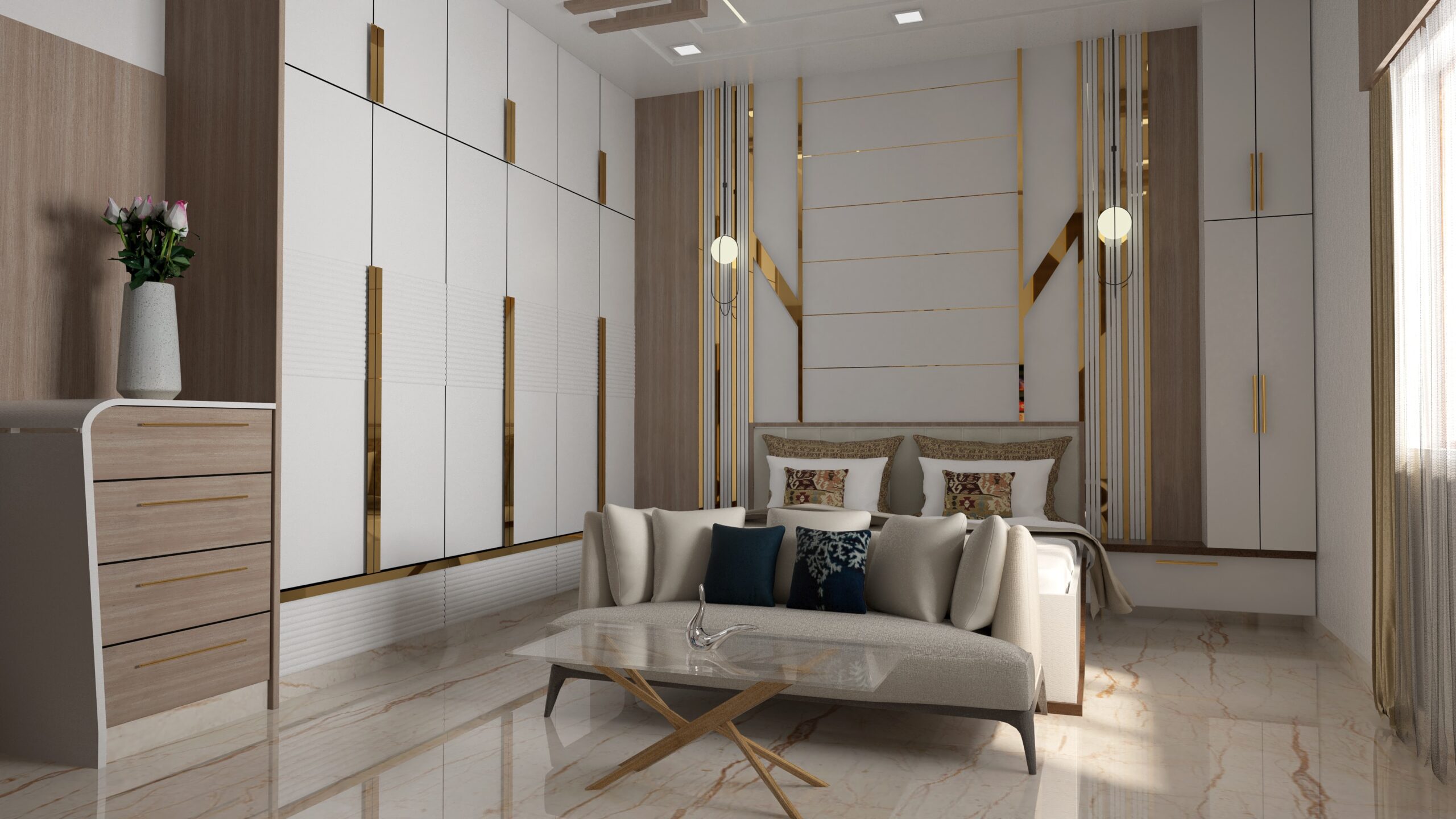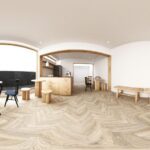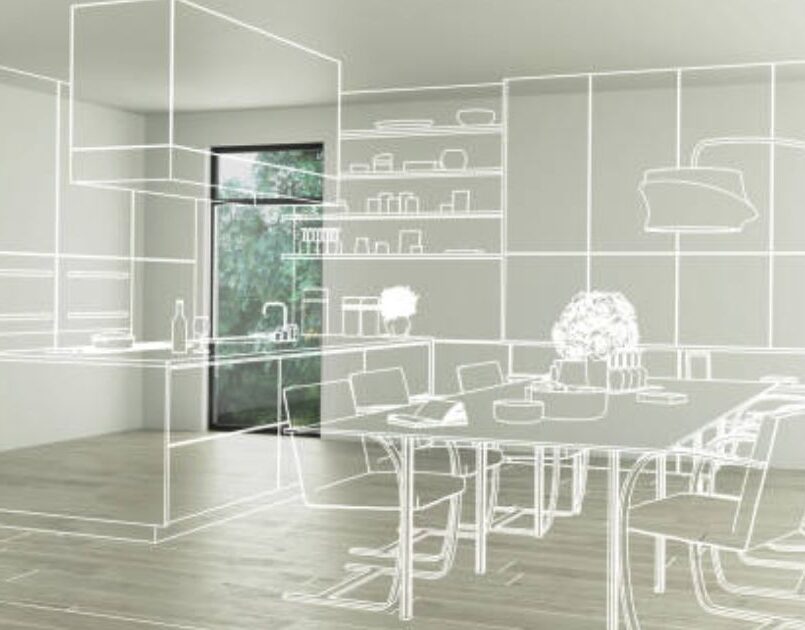Table of Contents
Toggle1. Introduction
Furniture restoration and refinishing require careful planning and visualization to achieve the desired results. Traditional methods often involve guesswork and rely heavily on the expertise of artisans. However, with technological advancements, 3D furniture rendering services have emerged as a game-changer in the industry. This article explores the benefits, processes, and considerations of using 3D furniture rendering for furniture restoration and refinishing projects.
2. What is 3D Furniture Rendering?
3D furniture rendering involves the creation of lifelike digital representations of furniture pieces using specialized software. It allows artisans, designers, and clients to visualize the outcome of restoration and refinishing projects before any physical work begins. By leveraging 3D rendering techniques, intricate details, textures, colors, and finishes can be accurately represented, providing a realistic preview of the restored furniture.
3. Benefits of 3D Furniture Rendering for Restoration and Refinishing

3.1 Visualizing the Final Result
With 3D furniture rendering, clients can see a detailed visual representation of how they restored or refinished furniture will look. This eliminates any uncertainty or surprises, ensuring that the result meets their expectations. It also enables them to make informed decisions regarding design choices, finishes, and color palettes.
3.2 Experimenting with Different Design Options
3D furniture rendering allows craftsmen and designers to explore various design options without physical prototypes. Different materials, colors, patterns, and finishes can be applied virtually to the digital Model, enabling quick comparisons and iterations. This flexibility enhances the creative process and facilitates decision-making.
3.3 Cost and Time Efficiency
Professionals can significantly reduce costs and save time by utilizing 3D furniture rendering, restoration, and refinishing. Traditional methods often involve multiple iterations, rework, and material wastage. With 3D rendering, potential issues can be identified and addressed in the digital stage, reducing the likelihood of errors during the actual restoration process.
3.4 Improved Communication and Client Collaboration
Clear communication is vital in restoration and refinishing projects. 3D furniture rendering facilitates effective communication between craftsmen, designers, and clients. The visual representations serve as a common reference point, ensuring everyone involved understands the project’s goals and objectives. Clients can provide feedback and make revisions directly based on the rendered images, fostering a collaborative and transparent process.
4. The Process of 3D Furniture Rendering
4.1 Gathering Information and Measurements
The first step in the 3D furniture rendering process is collecting essential information about the furniture piece. This includes detailed measurements, photographs, and any specific requirements or references the client provides. The accuracy of this data is crucial for creating a realistic and proportionate digital model.
4.2 Creating the 3D Model
Using specialized 3D modeling software, skilled artists transform the gathered information into a digital 3D model. They meticulously recreate the furniture piece’s shape, structure, and intricate details. The Model is refined to ensure accuracy and realism, capturing the unique characteristics of the original work.
4.3 Texturing, Lighting, and Rendering
Once the 3D Model is complete, textures, colors, and finishes are applied to replicate the desired materials and aesthetics. Lighting is designed to mimic the intended environment and create realistic shadows and reflections. The scene is rendered, generating high-quality images or even immersive 3D visualizations.
4.4 Fine-Tuning and Adjustments
After the initial renderings are generated, craftsmen and designers collaborate with the client to review and fine-tune the visuals. Adjustments can be made to achieve the desired level of detail, color accuracy, and overall aesthetics. This iterative process ensures that the final rendered images accurately represent the envisioned restoration or refinishing outcome.
5. Choosing a Professional 3D Furniture Rendering Service
When selecting a 3D furniture rendering service for restoration and refinishing projects, several factors should be considered:
5.1 Portfolio and Experience
Review the service provider’s portfolio to assess the quality and range of their previous work. Look for examples showcasing their furniture rendering expertise for restoration and refinishing projects. Experience working with different furniture styles and materials is also a valuable aspect.
5.2 Client Reviews and Testimonials
Seek feedback from previous clients to gauge the service provider’s reliability, professionalism, and ability to meet deadlines. Positive reviews and testimonials can provide insights into the level of customer satisfaction and the overall quality of their work.
5.3 Communication and Collaboration Process
Effective communication and collaboration are key to a successful 3D furniture rendering project. Consider the service provider’s communication channels, responsiveness, and willingness to involve clients. A smooth and transparent workflow ensures that expectations are met, and potential issues are addressed promptly.
5.4 Pricing and Turnaround Time
Obtain detailed information about pricing structures and turnaround times. While cost is an important consideration, it should be balanced with the quality of work and the level of service provided. Discuss project timelines and ensure the service provider meets your specific deadlines.
6. Conclusion
3D furniture rendering services have revolutionized how furniture restoration and refinishing projects are visualized and executed. The ability to visualize the final result, experiment with design options, and save time and costs are just a few of the benefits. By leveraging the power of 3D rendering technology, craftsmen, designers, and clients can collaborate more effectively, resulting in stunning and accurate furniture restoration and refinishing outcomes.
FAQs
1. Can 3D furniture rendering be used for all types of furniture?
Yes, 3D furniture rendering can be applied to various types of furniture, including vintage pieces, antiques, modern designs, and custom-made furniture.
2. Is 3D furniture rendering suitable for large-scale restoration projects?
Absolutely! Whether a single piece or a large-scale restoration project, 3D furniture rendering can provide valuable visualizations.
3. How long does the 3D furniture rendering process typically take?
The duration of the 3D furniture rendering process depends on various factors, such as the complexity of the furniture piece, the level of detail required, and the service provider’s workload. Generally, it can take a few days to a couple of weeks to complete the rendering process.
4. Can 3D furniture rendering help with color and material selection for restoration projects?
Absolutely. 3D furniture rendering allows clients to visualize different color options and material combinations before making final decisions. It helps select the most suitable colors and materials that enhance the aesthetics and overall design of the restored furniture.
5. Are revisions and modifications possible during the 3D furniture rendering process?
Yes, revisions and modifications are a standard part of 3D furniture rendering. Service providers usually offer several revisions to ensure that the final rendered images meet the client’s expectations. Collaboration and feedback during the process facilitate adjustments and fine-tuning as needed.
6. Can 3D furniture rendering be used for marketing purposes?
Absolutely! 3D furniture rendering provides highly realistic and visually appealing images that can be used for marketing purposes. These rendered visuals can be used on websites, social media, and marketing materials to showcase the potential of the restored or refinished furniture, attracting potential customers and generating interest in the services offered.
7. What file formats are typically provided by 3D furniture rendering services?
The most common file formats offered by 3D furniture rendering services include JPEG, PNG, and TIFF for static images. For more interactive and immersive experiences, they may also provide files in formats like OBJ, FBX, or 3D PDF, allowing clients to view and manipulate the digital Model in 3D software or viewers.






